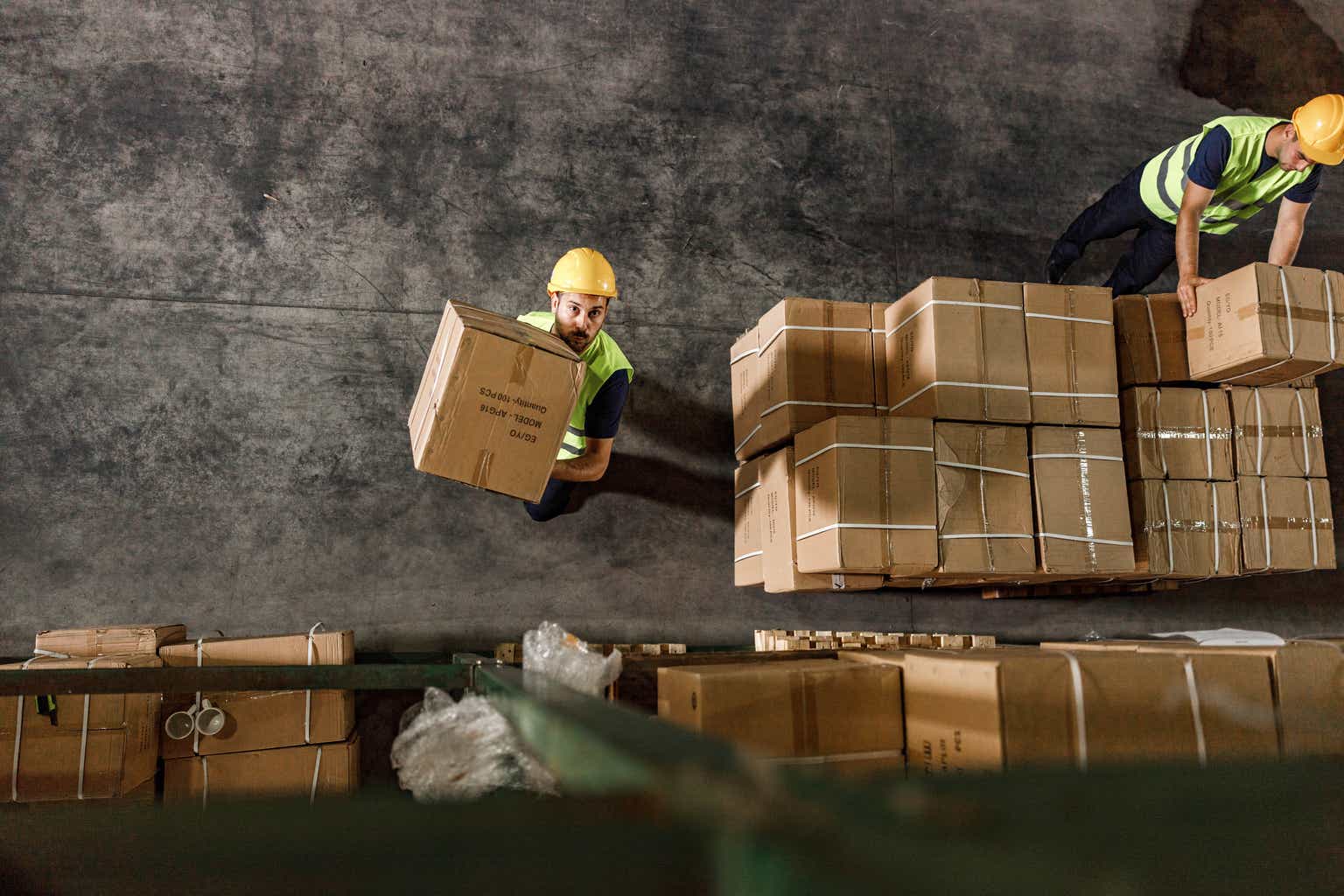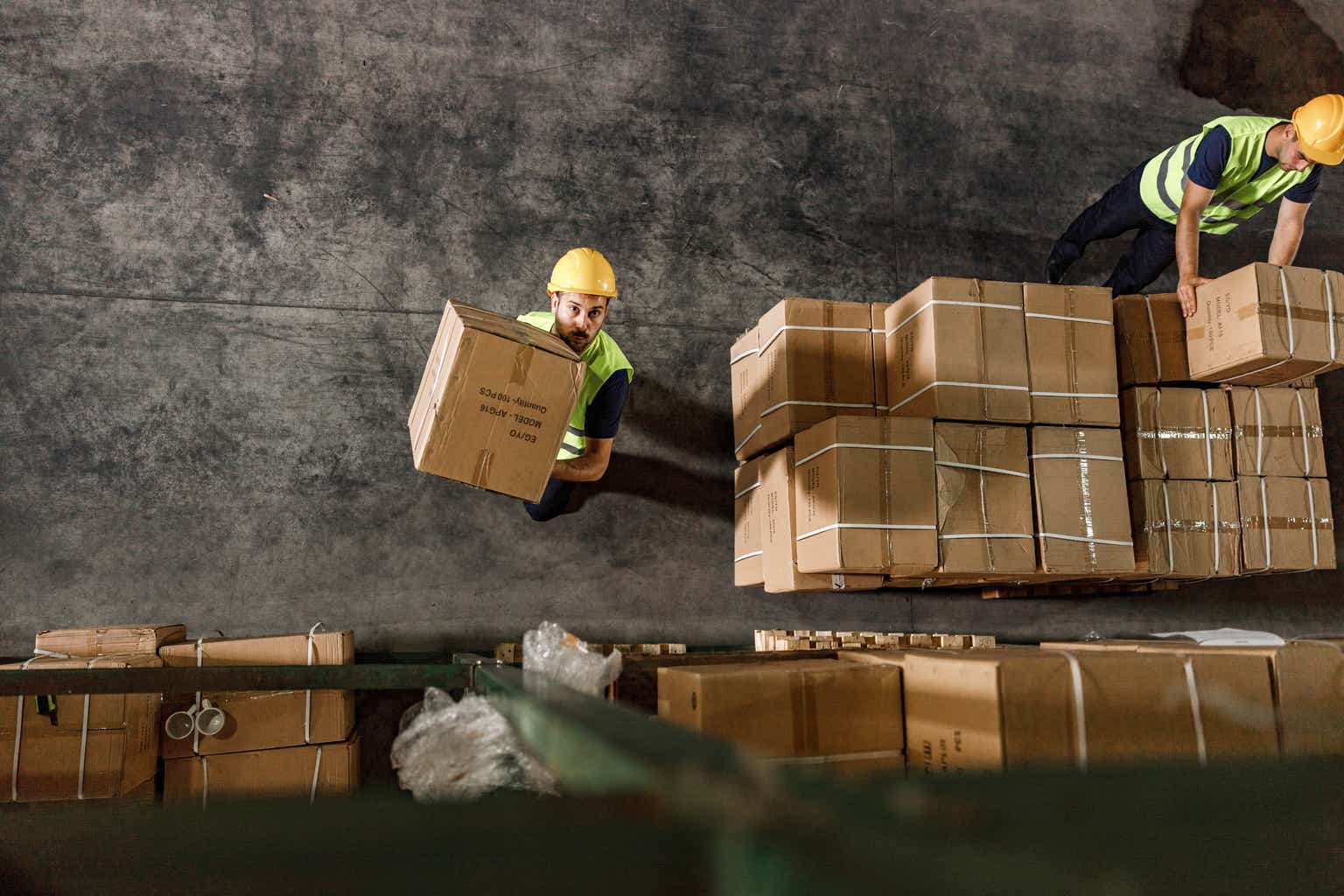
skynesher/E+ via Getty Images
One of my favorite things about value investing is that, even when financial performance for a company shows signs of weakness, shares can still achieve attractive upside. This is because the stock was purchased at such a low price that the market priced in bad developments, potentially even developments that were worse than what ultimately is experienced by the firm in question. When the market comes to terms with the reality of the situation, a nice upswing can be achieved.
One firm that I could point to as an example of this is Greif, Inc. ( NYSE: GEF ), a business that’s focused on various packaging solutions. Based on the data currently available, I believe that 2023 is going to be a mixed year for the business. Although net profits are slated to come in stronger than they did last year, revenue and cash flow data is not looking the best. Even in spite of this, shares of the business have comfortably outperformed the market for more than a year now and the stock still remains cheap, even on a forward basis. Although I don’t feel as bullish about the company as I did previously, I would argue that some additional upside is probably warranted from here.
Packaged gains
It has been a little over a year since I last wrote an article about Greif. In that article, I talked about how the company continued to outperform the broader market and the fact that shares of the business remained cheap. My overall conclusion was that the stock offered investors upside, even though the stock had previously experienced something of a decline. This all led me to rate the company a “buy” to reflect my view at the time that the stock should outperform the broader market for the foreseeable future.
The aforementioned bullish thesis that I had on the company was published in early May of last year. It has been a little more than a year since then, so I believe that a follow-up is only appropriate. Since the publication of the article, shares have seen upside of 19.3%. That’s more than double the 8.1% experienced by the S&P 500 ( SP500 ) over the same window of time.

Author – SEC EDGAR Data
I don’t believe that any of this upside was unwarranted. After all, the company had a rather solid 2022 fiscal year . Revenue, for instance, came in strong at $6.35 billion. That’s an increase of 14.3% over the $5.56 billion generated for 2021. It is true that net profits for the company worsened during this time, declining from $390.7 million to $376.7 million. But if we adjust for changes in working capital, we would have seen that number rise from $557.8 million to $743 million. Meanwhile, EBITDA for the company popped up from $764.2 million to $917.5 million.

Author – SEC EDGAR Data
This is great to see. But in some respects, we are seeing a reversal of fortunes today. To see what I mean, we need only look at financial data covering the first half of the company’s 2023 fiscal year. During that time, revenue for the business totaled $2.58 billion. That’s a decline of 20.2% over the $3.23 billion reported one year earlier. This top line weakness was driven by pain across the board. Revenue associated with the company’s Paper Packaging & Services segment, for instance, plunged 14.2%, dropping from about $1.30 billion to $1.12 billion.
This decrease, according to management, was driven in large part by lower shipment volumes for the company. However, an asset divestiture made by the company impacted sales here negatively to the tune of $148.8 million. Even larger, however, was the decline experienced by the Global Industrial Packaging segment. Revenue there fell 24.3% from $1.92 billion to $1.45 billion. This, management said, was driven by a combination of lower average sales prices and lower volumes.
You would think that the decline in revenue would have brought with it a decline in profits. But this, surprisingly, was not the case. Net income for the business actually grew from $135.4 million to $201.1 million. Both of the aforementioned segments reported operating profit increases. For the Global Industrial Packaging segment, this came about even as the company’s gross profit declined $59.2 million because of lower sales prices and lower shipment volumes. But the firm more than made-up for this because of the fact that, in the first quarter of 2022, the business experienced a $62.4 million non-cash impairment charge. There were other factors as well. But this was the most significant. The Paper Packaging & Services segment, meanwhile, saw operating profits grow thanks largely to a $54.6 million gain from a different asset divestiture that occurred in the first quarter of 2023.
In a sense, it is bad that these particular items are what caused profits to increase. I say this because these are items that should be considered one time in nature. You can actually see, more appropriately, what has happened with profitability for the company when you dig into its cash flow numbers. While it is true that operating cash flow grew from $161.6 million to $243.7 million, the adjusted figure for it actually dropped from $350.2 million to $281.8 million. Meanwhile, EBITDA for the company fell from $447.8 million to $393.1 million.
When it comes to the 2023 fiscal year, management has not provided any guidance for the top line. But they did recently update bottom line guidance . This update was prompted by the fact that the company increased its ownership in Centurion Container from 9% to 80% at a cost of $145 million. That development occurred in April of this year. Today, the firm now anticipates EBITDA this year to be between $780 million and $830 million. Meanwhile, the expectation is for operating cash flow to range between $542.3 million and $611.3 million. No guidance was given when it came to net profits. But if we assume that adjusted net profits were to change this year at the same rate that operating cash flow should, we would anticipate net income of $292.4 million.

Author – SEC EDGAR Data
Based on these figures, shares of the company still look attractively priced. In the chart above, you can see how the stock is priced using forward estimates for 2023. The chart also shows pricing based on data from 2021 and 2022. Taking the 2023 estimates, I decided to compare the company to five similar firms. These companies could be seen in the table below. On a price to earnings basis, two of the five companies ended up being cheaper than Greif. But when it comes to both the price to operating cash flow approach and the EV to EBITDA approach, only one of the companies was cheaper than our prospect.
| Company | Price / Earnings | Price / Operating Cash Flow | EV / EBITDA |
| Greif | 11.5 | 5.8 | 6.9 |
| O-I Glass ( OI ) | 4.8 | 98.0 | 4.8 |
| TriMas ( TRS ) | 20.1 | 15.0 | 10.4 |
| Myers Industries ( MYE ) | 12.8 | 7.8 | 7.7 |
| Silgan Holdings ( SLGN ) | 15.7 | 13.4 | 10.3 |
| Berry Global Group ( BERY ) | 11.1 | 4.6 | 8.2 |
Takeaway
Based on all the data provided, I must say that I continue to be impressed with Greif. Yes, the firm is seeing some weakening. I expect that trend to continue for the foreseeable future. But that doesn’t make it a bad investment. Clearly at this point, the easy money has been made. But the stock still looks attractively priced, both on an absolute basis and relative to similar firms. Given these factors, I have no problem keeping it rated a soft “buy” for now.

